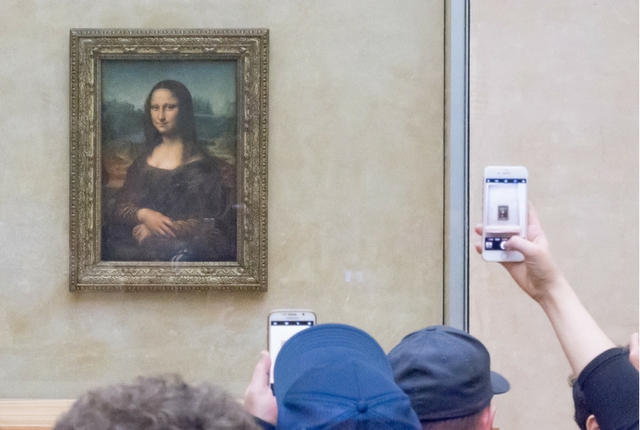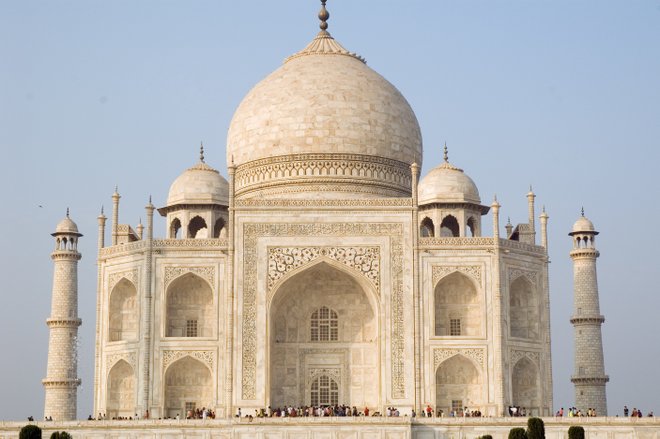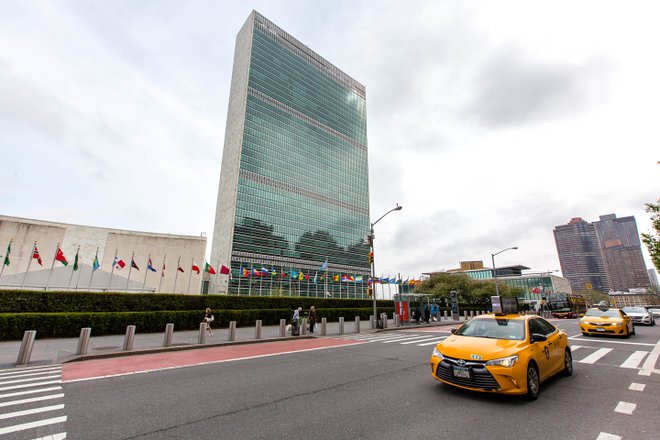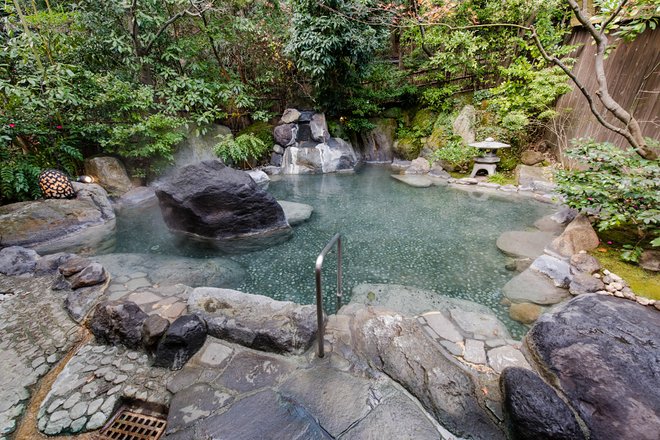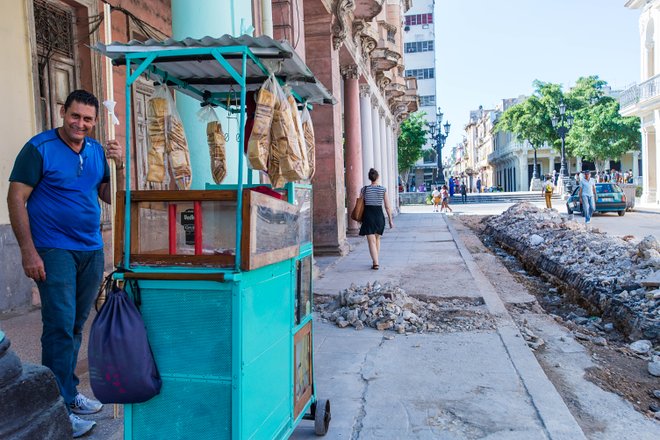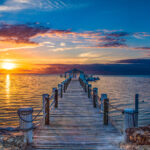Shutterbugs, we know it’s almost impossible to pocket your camera when you see something truly beautiful, iconic, or surprising. After all, isn’t part of the joy of travel to return home with your digital memory maxed out on a reel of gorgeous images? Alas, there are moments when you simply must put down the phone or camera or else you risk offending locals or angering authorities. (And trust us, you don’t want to be that tourist.) Here are five things you should avoid photographing during your travels.
1. Certain Museums and Works of Art
To be fair, plenty of museums welcome photography. Several, like The Metropolitan Museum of Art in New York City will allow you to snap away (without flash, please and thank you!). And the Musee d’Orsay lifted its ban as well in 2015. (Toulouse-Lautrec’s cancan girls are now ready for their close-up.) But others like the Van Gogh Museum in Amsterdam will crack down on any camera use outside of designated areas. And forget about snapping a picture of the ceiling of the Sistine Chapel in Vatican City or Michelangelo’s David in Florence unless you want guards to bark out in Italian, “No fotografia!” Respect the rules, and if you’re really eager for your own mini version of these masterpieces, you can always buy a postcard in the gift shop.
2. Religious Monuments and Graves
Westminster Abbey and the Taj Mahal are so iconic that they’re sometimes used as shorthand for the countries they inhabit. (Exhibit A: the adorable snow globes manufactured in their likeness to represent England and India, respectively.) These cutesy knickknacks make it easy to forget the buildings’ true purpose, which is to function as the final resting place of respected national figures. As such, photography of the mausoleums or grave sites in each are completely verboten. And while you may be tempted to sneak a selfie with some of the royal headstones here, try to abstain. Save the photo session for exterior shots, which are fair game. Keep in mind that these two monuments are hardly alone in their ban; other graves sites around the globe also restrict photos, including Lenin’s mausoleum in Russia.
3. Interiors of Government Buildings
In 2015, The White House lifted its 40-year ban on interior photographs, letting thrilled tour-takers document every patriotic moment. (Check out the hashtag #WhiteHouseTour, launched by then-FLOTUS Michelle Obama, to see all the East Wing action.) But this new enthusiasm for photos and social media in government buildings is hardly global. Others that are open to tour, such as Buckingham Palace, are still restricting any snapshots of their State Rooms. And still others, like the United Nations building, allow photos but restrict any videos. If you’re touring any of these buildings, don’t assume you can freely take photos. And when you hear or read the words “no photographs allowed,” respect these limitations. Remember that you’re probably contributing to the safety and security of these landmarks by keeping unsanctioned photos to a minimum.
4. Bathhouses and Saunas
It may seem obvious that you shouldn’t snap pictures where others are semi nude or entirely in the buff, but you’d be surprised. Tourists hell-bent on documenting local culture sometimes try to steal a few pics of bathhouses and saunas. And frankly we understand the temptation. Is there anything more quintessentially Japanese than their onsens (bathhouses)? Or more completely Finnish than their saunas? That said, these are intimate, sacred spaces, and taking any photos here would be completely frowned upon. (Picture your response if a tourist strutted into your locker room and started taking photos. That’s the reaction you can expect.) There are some gray areas to this rule. The thermal baths in Budapest are such lavish landmarks that they’re often photographed by visitors, and nudity isn’t a factor as bathing suits are donned. That said, use common sense: If you must grab that interior shot, go for a wide panorama of the bathhouse, not a cropped in photo of a person’s body.
5. Intimate Moment With Locals — Especially Children
Snapping one of the photos we mention above could mean anything from a security guard’s side-eye to a run-in with the local police. But shooting pics of locals in public probably won’t result in any penalties. Still, it merits a mention on this list. Why? Being a respectful traveler means photographing people responsibly. Often what you consider a benign photo of, say, a woman shopping the market could be an aggressive intrusion on her day. This goes double for children, who are often unable to object to having their photo taken. If you do want to take photos of people, there is a way to go about it correctly — simply ask for permission. Even if you don’t speak the language, you can gesture to your camera, smile, and indicate that you would like to take a photograph. But if you can, strike up a conversation, share something about yourself, and involve them in the photography (i.e. show them the photo afterward or offer to send it to them). Chances are, you’ll end up with a better picture in the process.
You’ll Also Like:
- 7 Things You Shouldn’t Do While Traveling
- The Most Annoying Types of Travelers, Ranked
- How to Take Better Travel Photos on Instagram: 10 Secrets from a Pro
All products are independently selected by our writers and editors. If you buy something through our links, Oyster may earn an affiliate commission.
